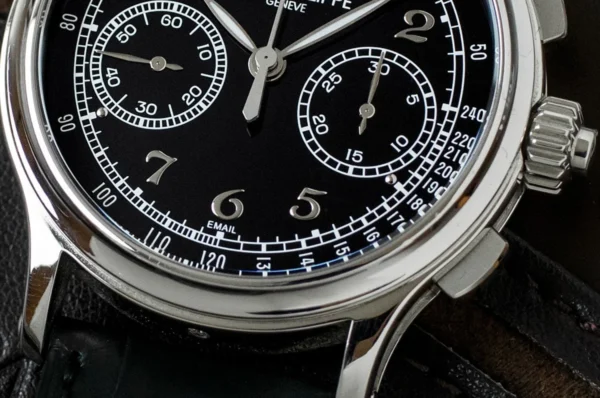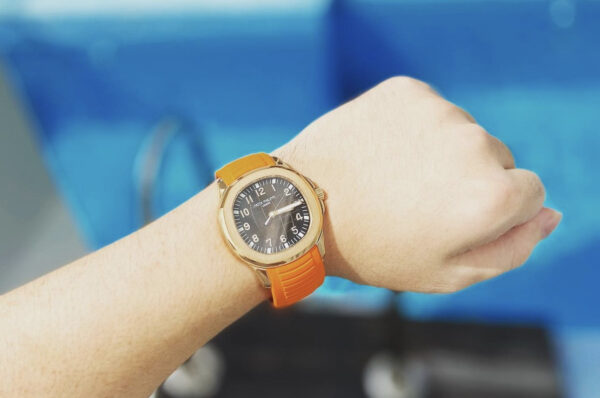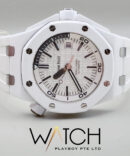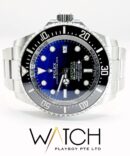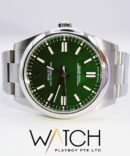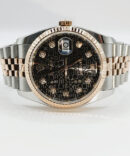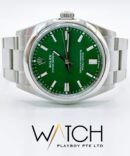Perpetual calendar watches stand as a pinnacle of horological achievement, combining intricate mechanics with practical functionality. These exceptional timepieces are designed to accurately track the ever-changing cycles of time, including the day, date, month, and even leap years, with minimal manual adjustments. In this article, we delve into the fascinating world of perpetual calendar watches, exploring their history, complexity, and enduring appeal.

The Essence of Perpetual Calendar:
A perpetual calendar watch is a mechanical marvel that can accurately display the day, date, month, and often the phases of the moon, taking into account the irregularities of the Gregorian calendar. It is designed to automatically account for the varying lengths of months and leap years, ensuring that the watch remains accurate for decades without manual adjustments.
A Brief History:
The concept of the perpetual calendar in timekeeping can be traced back to the 18th century. English horologist Thomas Mudge is credited with developing the first perpetual calendar pocket watch in the 1760s. Since then, watchmakers have continued to refine and innovate this complex complication. In the 20th century, brands such as Patek Philippe, Audemars Piguet, and Vacheron Constantin brought perpetual calendar watches to the forefront of horology, showcasing their expertise in blending technical precision with artistic elegance.
https://en.wikipedia.org/wiki/Perpetual_calendar
Mechanical Complexity:
Perpetual calendar watches incorporate a series of gears, levers, and cams to accurately track and display the calendar indications. The mechanisms take into account the varying lengths of months, accounting for both 30-day and 31-day months, as well as the leap year cycle. The intricate design ensures that the watch adjusts automatically, accounting for the irregularities and maintaining accuracy for years to come.
Leap Year Indication:
One of the notable features of perpetual calendar watches is the leap year indication. A leap year occurs every four years when an extra day is added to the month of February. Perpetual calendar watches accurately account for this additional day, displaying the leap year cycle. This complication often involves an additional hand or a sub-dial that tracks the leap year progression, ensuring that the watch remains accurate throughout the calendar’s cycle.
Artistry and Aesthetics:
Perpetual calendar watches are not just technical marvels; they are also works of art. Luxury watch brands infuse these timepieces with exquisite craftsmanship and aesthetic beauty. The dial design often incorporates sub-dials or apertures to display the calendar indications in a visually appealing and balanced manner.
Enduring Appeal:
Perpetual calendar watches hold a timeless allure for watch collectors and enthusiasts. Their complexity and technical mastery make them highly sought after by those who appreciate the highest level of horological craftsmanship. The perpetual calendar complication represents a feat of engineering and a testament to human ingenuity.
Shop Now at :http://watchplayb.com




